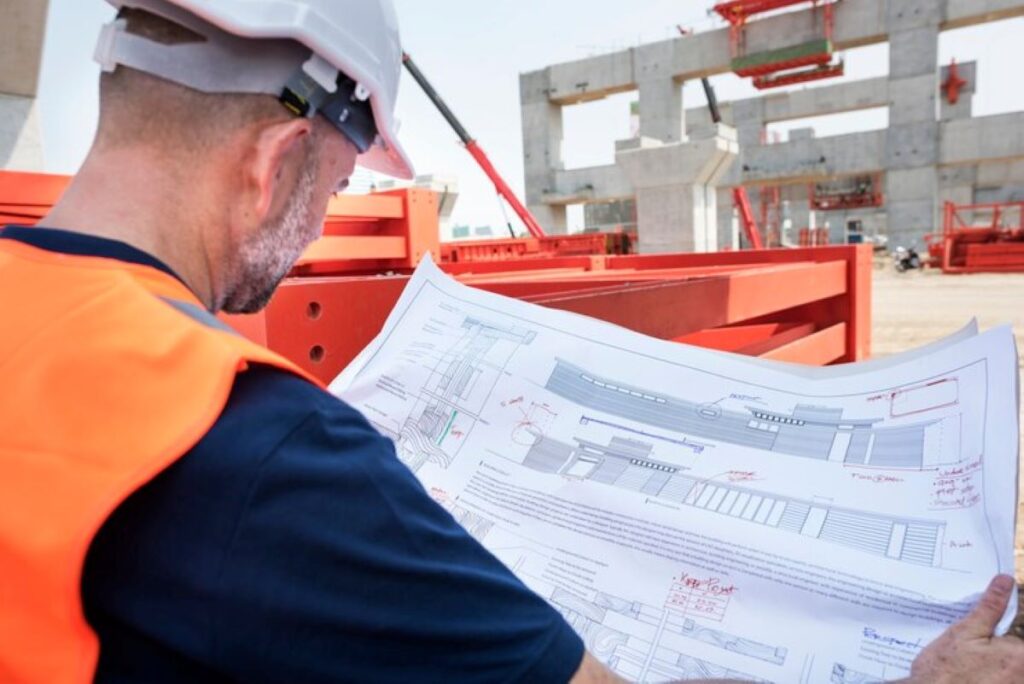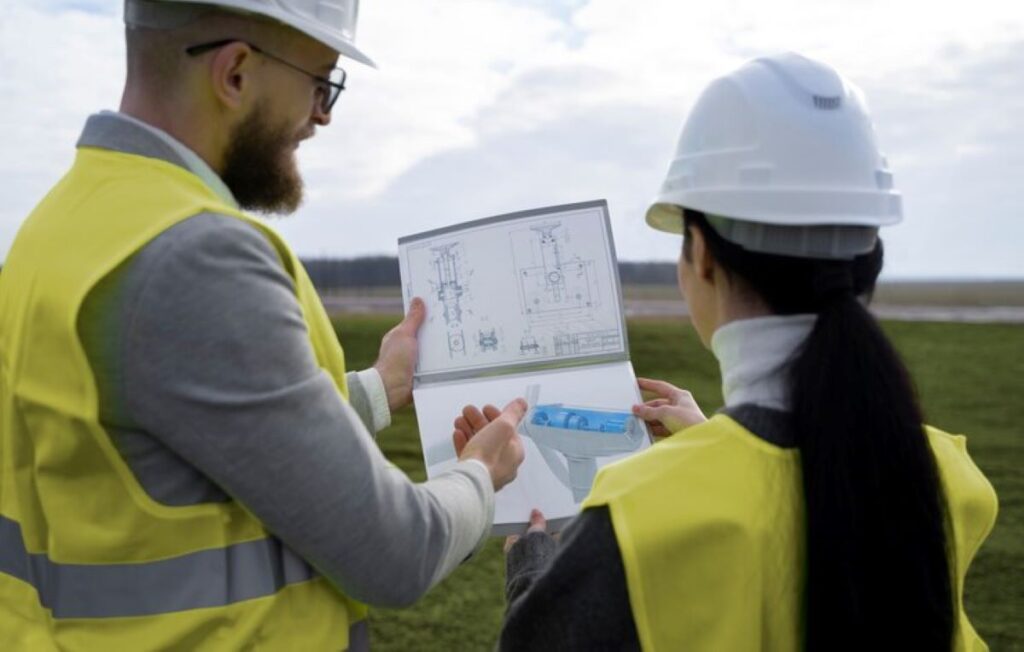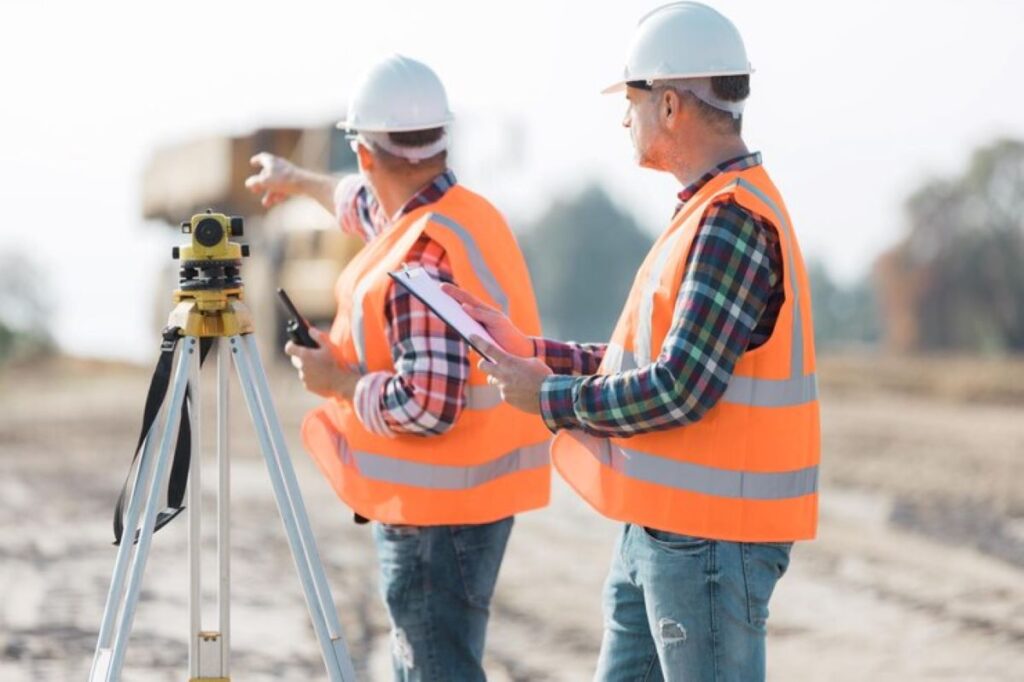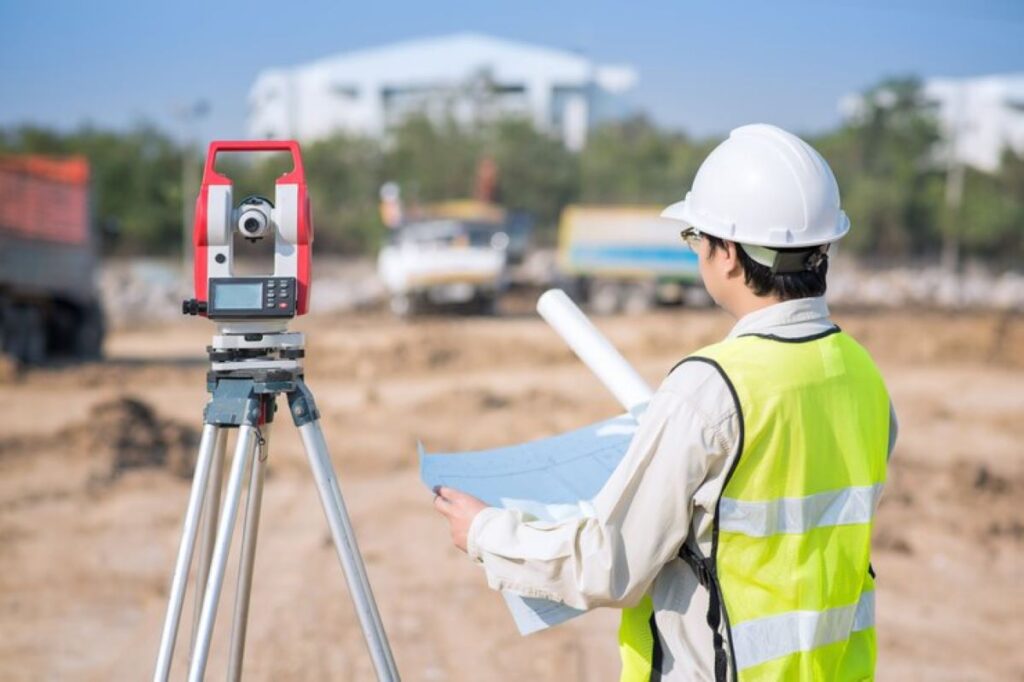Site surveys are an essential component of the construction process, providing critical data that informs project planning, design, and execution. Surveyors play a pivotal role in this process, utilising advanced techniques and equipment to gather accurate information about the land and its features. This article delves into the various aspects of site surveys, highlighting the responsibilities of surveyors and the significance of their work in the construction industry.
What is a Site Survey?
A site survey is a detailed examination of a specific piece of land, which includes measuring distances, angles, and elevations. This process is crucial for determining the physical characteristics of the site, including its boundaries, topography, and existing structures. The information gathered during a site survey is foundational for architects, engineers, and builders, as it influences design decisions and construction methods.
The Purpose of Site Surveys
The primary purpose of a site survey is to provide accurate data that can be used for a variety of applications. This includes:
- Defining property boundaries to avoid disputes.
- Identifying topographical features that may affect construction.
- Assessing the suitability of the land for specific types of construction.
Furthermore, site surveys help in compliance with local regulations and zoning laws, ensuring that projects adhere to legal requirements. This is particularly important in urban environments where land use is heavily regulated. Additionally, the data collected can inform environmental assessments, helping to identify any potential ecological impacts that construction may have on the surrounding area. This consideration is increasingly significant as sustainability becomes a priority in modern construction practices.
Types of Site Surveys
There are several types of site surveys, each serving a unique purpose. Some of the most common include:
- Boundary Surveys: These surveys determine the exact boundaries of a property, which is essential for legal documentation and resolving disputes.
- Topographic Surveys: These surveys map the contours of the land, highlighting elevations and depressions, which is vital for understanding drainage and landscape design.
- Construction Surveys: These surveys provide the necessary data for setting out the building’s layout, ensuring that construction aligns with the approved plans.
In addition to these, there are also specialised surveys such as hydrographic surveys, which assess bodies of water for nautical navigation or construction purposes, and geotechnical surveys that analyse soil composition and stability. Each type of survey employs different techniques and tools, ranging from traditional theodolites and levels to modern GPS technology and drones, allowing surveyors to gather precise data efficiently. The choice of survey type often depends on the project’s scale, complexity, and specific requirements, making it imperative for professionals to select the most appropriate method for their needs.
The Role of Surveyors in Site Surveys
Surveyors are highly trained professionals who specialise in measuring and mapping land. Their expertise is crucial in ensuring that site surveys are conducted accurately and efficiently. The role of surveyors encompasses a variety of responsibilities, from initial data collection to final reporting.
Data Collection Techniques
Surveyors employ a range of techniques to gather data during site surveys. Traditional methods include the use of theodolites and measuring tapes, while modern surveyors often utilise advanced technology such as GPS and laser scanning. These tools allow for greater precision and efficiency in data collection.
In addition to measuring distances and angles, surveyors also assess the condition of existing structures and infrastructure. This can involve inspecting buildings, roads, and utilities to identify any potential challenges that may impact the construction process. Furthermore, surveyors often conduct topographical surveys to map the contours and features of the land, which is essential for planning drainage systems and landscaping. This comprehensive approach ensures that all aspects of the site are considered before any development begins.
Analysing and Interpreting Data
Once the data has been collected, surveyors analyse and interpret it to create detailed reports and maps. This process involves using specialised software to generate visual representations of the site, which can be crucial for stakeholders in understanding the land’s characteristics.
Surveyors must also ensure that their findings comply with relevant regulations and standards. This requires a thorough understanding of local laws and industry best practices, making their role not only technical but also regulatory. Additionally, surveyors often collaborate with architects, engineers, and environmental consultants to integrate their findings into larger project plans. This interdisciplinary approach not only enhances the accuracy of the data but also fosters a more holistic understanding of the site’s potential and limitations, ultimately leading to more sustainable and effective development outcomes.

The Importance of Site Surveys in Construction Projects
Site surveys are not merely a procedural formality; they are integral to the success of construction projects. The information provided by surveyors can significantly influence project outcomes, from initial design through to completion.
Risk Mitigation
One of the key benefits of conducting a site survey is the identification of potential risks before construction begins. By understanding the land’s characteristics, surveyors can highlight issues such as unstable soil, flooding risks, or environmental concerns. Addressing these risks early in the planning process can save time and resources, ultimately leading to a more successful project.
Cost Efficiency
Investing in a comprehensive site survey can lead to substantial cost savings in the long run. By identifying potential issues and providing accurate data, surveyors help project managers make informed decisions that can prevent costly delays and rework. Moreover, accurate site surveys can optimise the use of materials and resources, contributing to overall project efficiency.
Technological Advancements in Site Surveys
The field of surveying has evolved significantly over the years, largely due to advancements in technology. Modern surveyors now have access to a range of tools that enhance their ability to collect and analyse data effectively.
GPS and Geospatial Technology
Global Positioning System (GPS) technology has revolutionised the way surveyors operate. With high-precision GPS equipment, surveyors can obtain accurate location data with minimal effort. This technology is particularly useful in large or complex sites where traditional methods may be impractical.
Geospatial technology, including Geographic Information Systems (GIS), allows surveyors to create detailed maps and models that can be used for analysis and decision-making. These tools enable surveyors to visualise data in ways that were previously impossible, making it easier for stakeholders to understand site conditions.
3D Laser Scanning
3D laser scanning is another cutting-edge technology that has transformed site surveys. This method captures millions of data points in a matter of minutes, creating highly detailed 3D models of the site. These models can be used for various applications, including design, planning, and construction monitoring.
The accuracy and speed of 3D laser scanning make it an invaluable tool for surveyors, allowing them to provide clients with precise information that can enhance project outcomes. Visit https://theunderground-on.icaros.app/what-to-expect-from-a-survey-engineer-on-site/ to get what to expect from a survey engineer on site.
Challenges Faced by Surveyors
Despite the advancements in technology, surveyors still face a range of challenges in their work. Understanding these challenges is crucial for appreciating the complexity of their role in construction projects.
Environmental Factors
Environmental conditions can significantly impact the accuracy and efficiency of site surveys. Weather events such as heavy rain, snow, or extreme heat can hinder data collection and affect the reliability of measurements. Surveyors must be prepared to adapt their methods and schedules to account for these factors.
Regulatory Compliance
Navigating the regulatory landscape can also pose challenges for surveyors. Each project may be subject to different local laws and regulations, requiring surveyors to stay informed and ensure compliance. This can involve extensive research and coordination with various stakeholders, adding complexity to their role.
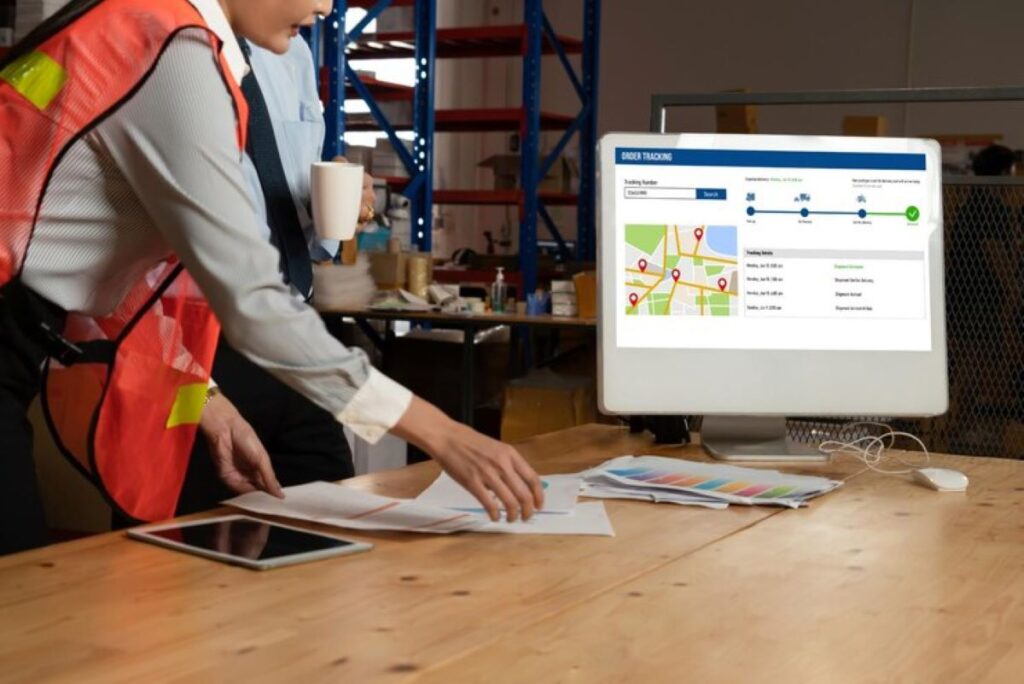
Conclusion
Site surveys are a fundamental aspect of the construction process, providing essential data that informs design and execution. Surveyors play a critical role in this process, utilising advanced techniques and technology to gather and analyse information about the land. Their work not only helps mitigate risks and enhance project efficiency but also ensures compliance with regulations and standards.
As the construction industry continues to evolve, the importance of accurate site surveys will only grow. Understanding the role of surveyors and the significance of their work is vital for anyone involved in construction, from developers to project managers. By investing in comprehensive site surveys, stakeholders can set the foundation for successful projects that meet both regulatory requirements and client expectations.

